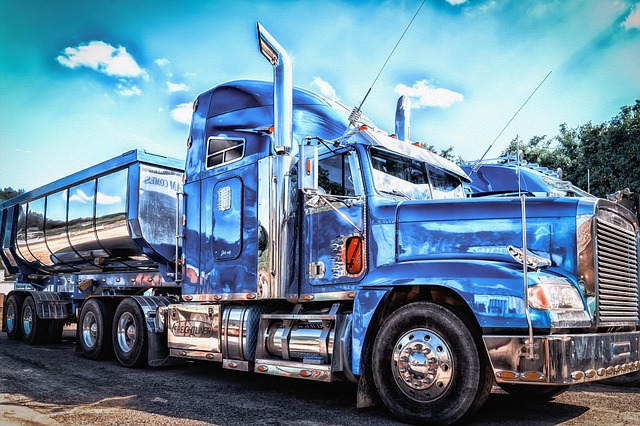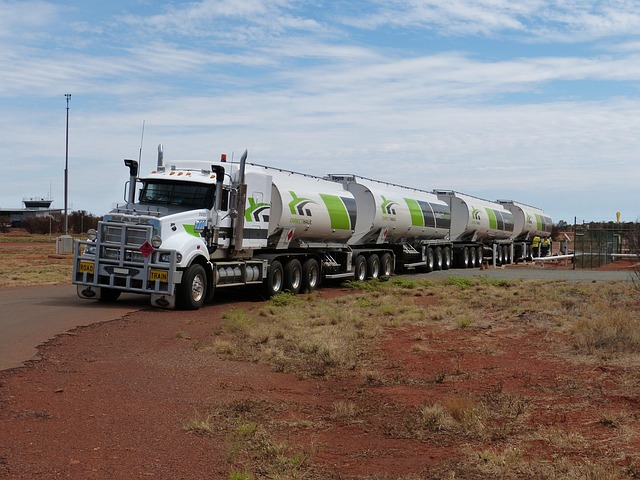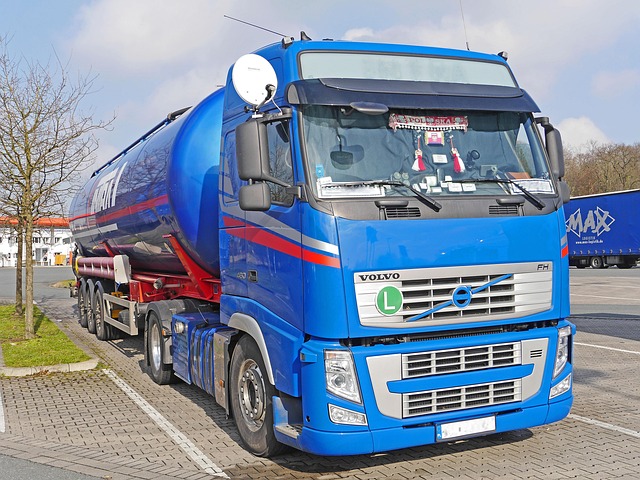Looking to register your car in California? This comprehensive guide walks you through the entire process, from understanding key requirements to paying fees. First, grasp the essential steps for car registration, including gathering crucial documents for VIN (Vehicle Identification Number) verification. Next, conduct a vehicle history report to ensure no liens exist. Visit a DMV location, pay the necessary fees, and receive your registration certificate promptly. Each step is simplified for a smooth, efficient experience.
- Understand the Requirements for Car Registration in California
- Gather Necessary Documents for VIN Verification
- Perform a Vehicle History Report and Check for Lien
- Visit a DMV Location to Register Your Car
- Pay the Required Fees and Receive Your Registration Certificate
Understand the Requirements for Car Registration in California

Before registering your car in California, it’s crucial to understand the requirements set by the state. One critical step is ensuring your vehicle’s unique identification number (VIN) is verified accurately. This process, often referred to as a VIN inspection or vin verification, checks that the details on your car match the information stored with the manufacturer. It’s typically done by comparing the VIN displayed on the vehicle with the data in the manufacturer’s database.
In California, this verification can be completed through various methods, including a mobile vin inspection or using a mobile vin verifier. These services provide convenience by allowing you to get the necessary checks done at your location. This is especially useful for those who purchase vehicles from private sellers and want to ensure they’re registering a legitimate vehicle without any hidden issues.
Gather Necessary Documents for VIN Verification

Before registering your car in California, you’ll need to gather several important documents for VIN (Vehicle Identification Number) verification. This process is crucial as it ensures that your vehicle meets all legal requirements and standards before hitting the roads. For a seamless experience, prepare these key documents in advance.
Your bundle should include items like the title or bill of sale, proof of insurance, and a valid driver’s license. Additionally, you might require registration forms obtained from the California Department of Motor Vehicles (DMV). If you’re opting for a mobile vin inspection or using a mobile vin verifier, ensure that the service provider has access to all necessary documentation. This streamlined approach can save time and effort, making the registration process more convenient.
Perform a Vehicle History Report and Check for Lien

Before registering your car in California, performing a Vehicle History Report (VHR) using the vehicle’s unique Vehicle Identification Number (VIN) is essential. This process allows you to uncover crucial information about the car’s past, including any accidents, outstanding loans, or hidden issues. There are several online platforms that offer VHR services, some even providing mobile VIN verification solutions, making it convenient for users to check a vehicle’s history from the comfort of their homes.
Additionally, you should verify if there is any lien on the car. A lien is a legal claim against a vehicle, often associated with financing or outstanding debt. Using tools like a mobile VIN inspector can aid in this process by cross-referencing the VIN with national databases to confirm the presence (or absence) of any liens. Ensuring that the car is free from liens is critical to prevent legal complications during registration and to guarantee a clear title.
Visit a DMV Location to Register Your Car

To register your car in California, a physical visit to a DMV location is necessary, where you’ll undergo several steps, including a crucial vin verification process. This involves providing essential documents and ensuring your vehicle meets all state requirements. The mobile vin inspection or vin inspection done by DMV staff will verify the vehicle’s identity and history, which is vital for issuing a registration certificate.
During this visit, you’ll need to present valid identification, proof of insurance, and possibly other documentation, depending on your situation. A qualified DMV agent will guide you through the process, ensuring that your car’s registration complies with California’s regulations. This step is indispensable, even if you’ve already completed online forms, as it ensures accuracy and helps prevent any potential issues with future vehicle transactions.
Pay the Required Fees and Receive Your Registration Certificate

After completing your vehicle’s inspection and ensuring all necessary documents are in order, the next step is to pay the required fees for registration. California’s Department of Motor Vehicles (DMV) sets the fees, which typically include a base cost plus additional charges based on factors like your vehicle’s type and age. One crucial aspect of this process involves the vin verification, where the unique identifier number of your vehicle (VIN) is cross-checked to ensure its authenticity.
You can pay these fees online or at a nearby DMV office. Once processed, you will receive your registration certificate, officially registering your car in California. For convenience, some services even offer mobile vin inspection and verification, allowing you to complete this crucial step without visiting a physical location.
Registering a car in California involves understanding specific requirements, gathering essential documents like a Vehicle Identification Number (VIN) for verification, checking for any liens on the vehicle, and visiting a DMV office. After ensuring everything is in order, including completing a vehicle history report, you can pay the necessary fees and receive your registration certificate. Always remember that proper vin verification is a crucial step in this process to ensure a smooth and legal registration.



